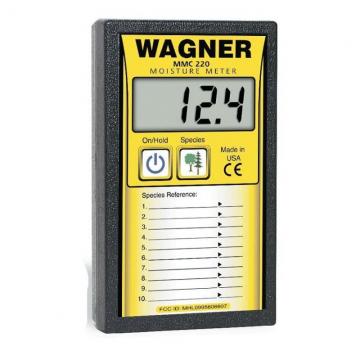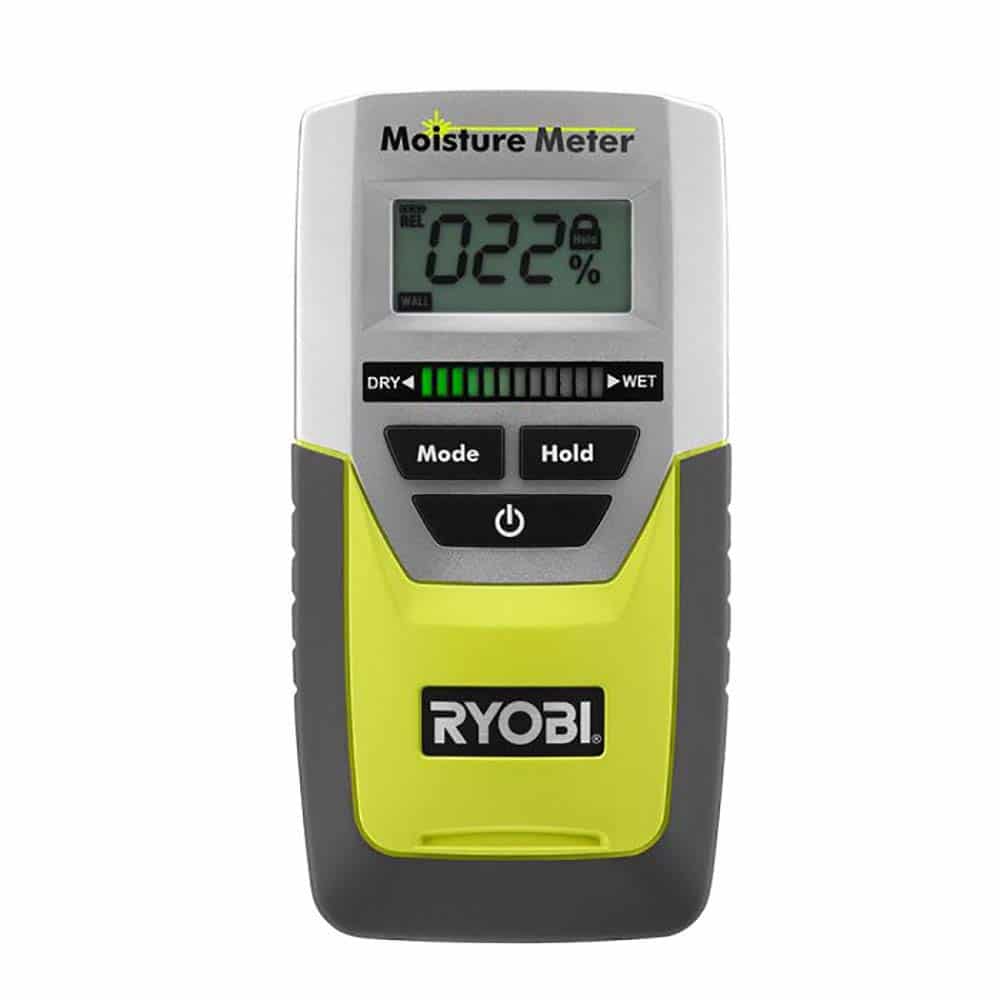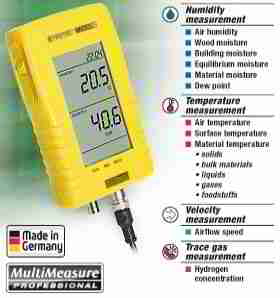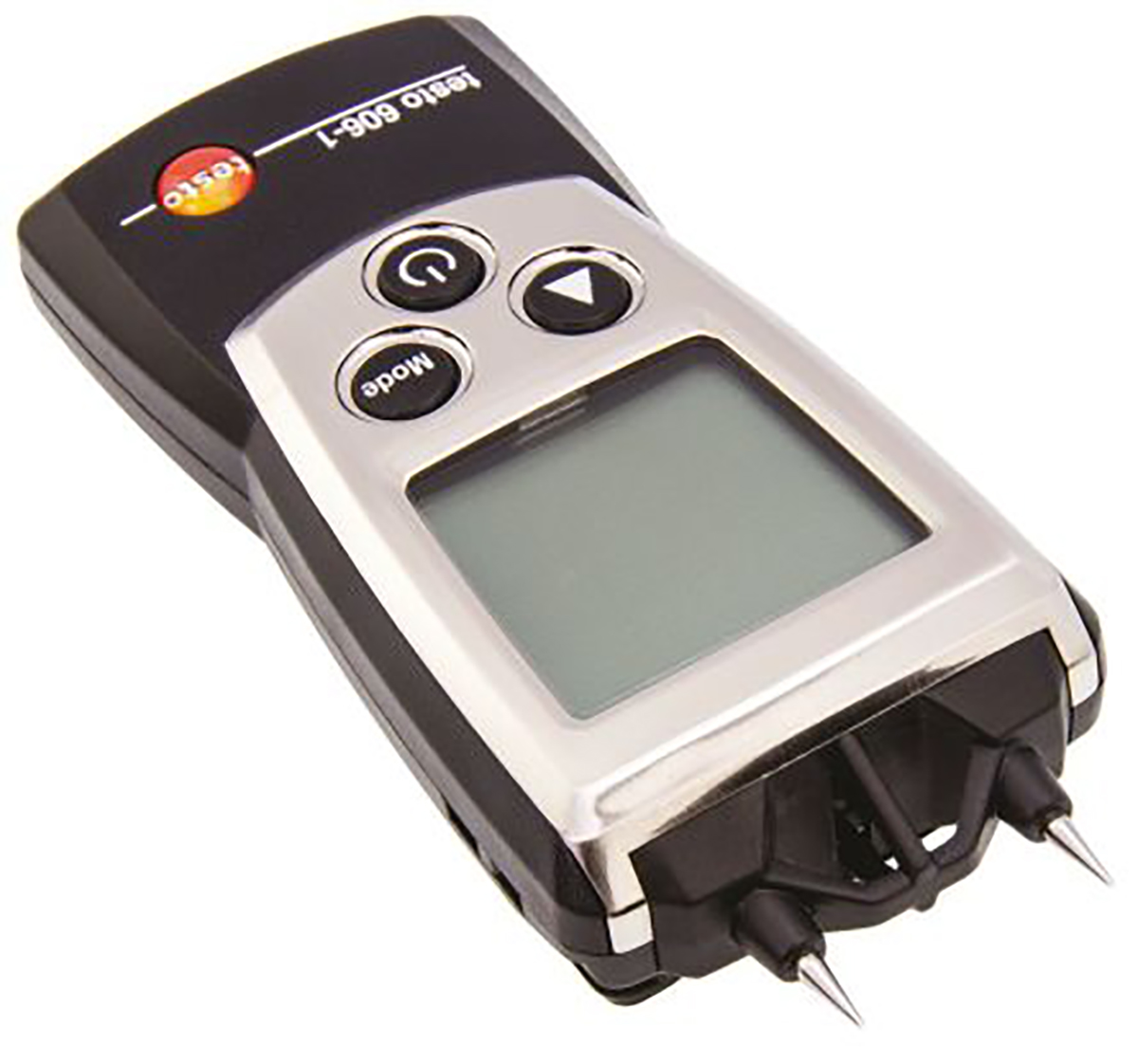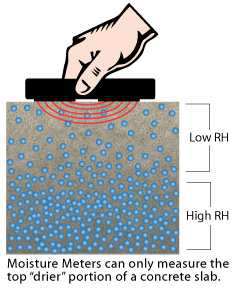Non destructive measurement mode the two main types of moisture meter for measuring moisture content in wood are the pin type meter.
Pin moisture meter reading through existing laminate.
The cc tests are high.
Quick pass fail moisture.
For instance you take your readings prior to installing a hardwood floor and the subfloor moisture content is 10 and the strip hardwood was at 7.
Moisture content for wood.
By documenting your moisture readings you now have a reference point to go back to should a problem happen.
Most laminate manu s want a layer of thick visquine laid over the concrete and run up the walls a couple of inches.
Step 2 is documenting your readings.
Some ways to use a moisture meter with a reference scale include.
In many cases a moisture meter s reference scale will range from 0 100 but that reading should not be confused with a percentage.
Wood pin meter mode vs.
With all meters the readings would be quite low with a thick laminate which could lead an inexperienced user to conclude that there isnt much moisture present.
In general a reading of 5 12 percent is optimal but a normal reading on a moisture meter depends on the material with drier ones like drywall needing lower moisture readings of around 5 7.
Signal penetration for pinless meters is 1 for both hardwood and softwood.
The pin meter is not acceptable for testing concrete at all.
The mrh iii gives moisture readings from 7 to 40.
Next the moisture meter is useful in verifying that water has been trapped within the laminate.
These tests are more specific and indicate the quantity of moisture passing through a concrete slab or the dynamic moisture level using a variety of testing.
Some meters use a 0 300 reference scale so readings taken on a reference scale often do not correlate with one another.
It should be noted that readings above 27 nominal value of the fibre saturation point are indicative only.
But with the moisture levels you have i would worry about the moisture damaging the walls if they are sheetrock.
Moisture testing standards follow for several nalfa member companies.
We talked about taking moisture readings.
These meters are less accurate than pin meters and may produce questionable moisture readings with low profile flooring therefore limit its use to flooring 3 4 or thicker.
These tests simply indicate the presence of moisture or degree of saturation or resident static moisture level and use simple testing methods such as moisture meter surface probes.
Without regard to the make or type of meter i will state that none give a reading that can be related to anything other than an arbitrary scale which meter manufacturers adopt as their standard for moisture level.

